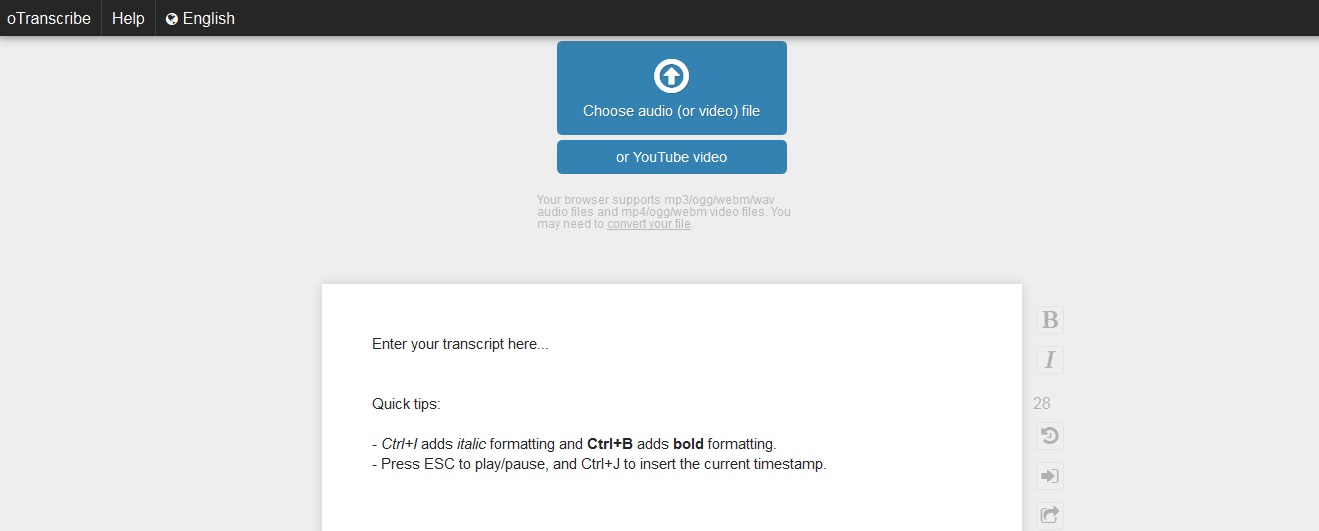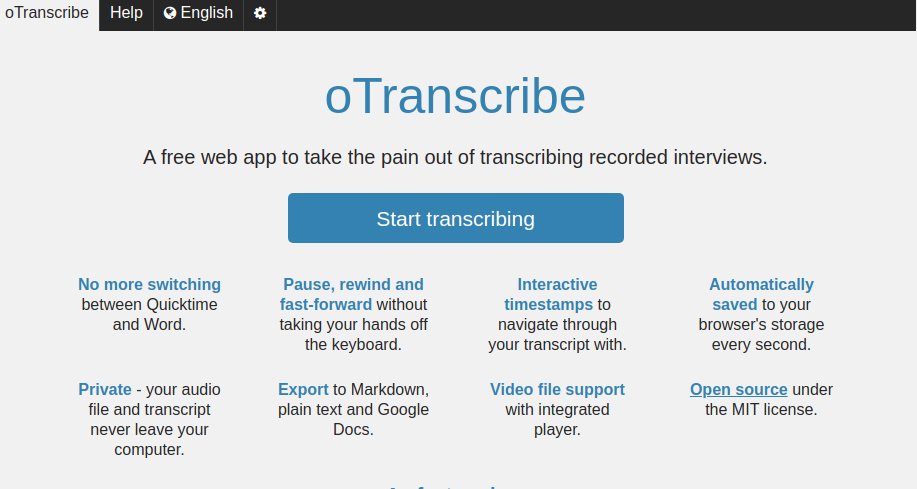
The top model has a putative CDS that incorporates the reading frame of both genes. for the existence of two RNA molecules that utilise exonic sequence from both protein-coding genes. However, further transcript data provides evidence for readthrough transcription, i.e. Experimental data provides additional support for the existence of transcription start sites (‘TSS’) and polyadenylation sites (‘pA’) for both genes, providing additional confidence that they are indeed separate loci. In this hypothetical example, genes 1 and 2 are ‘known’ protein-coding loci found adjacent to one another on the same chromosome (Coding sequence (CDS) outline in green non-coding sequence in red fill). Also, we do not consider the bespoke splicing of immunoglobulin segments in blood cells to represent readthrough events.įigure 1: Readthrough transcription between two protein-coding genes. when genomic rearrangements disrupt normal gene structures and place exons into novel contexts. We should quickly distinguish readthrough transcripts from those aberrant RNA molecules that can be generated from ‘chimeric‘ gene structures or ‘fusions‘ (typically in cancer cells), i.e. Readthrough transcription is apparently found in all vertebrate genomes, and may even be common to multicellular organisms. While most readthrough events involve two genes – which may be protein-coding, lncRNAs or transcribed pseudogenes – we also see cases where transcription utilises exons from three or more genes. The genes involved are found on the same chromosome region on the same strand, typically adjacent to one another. Readthrough transcripts are RNA molecules that are formed via the splicing of exons from more than one distinct gene (Figure 1). We should probably start with a definition.



This blog is dedicated to readthrough transcription, a weird and perhaps even controversial phenomenon that can present a significant challenge to gene annotation projects such as Ensembl.


 0 kommentar(er)
0 kommentar(er)
